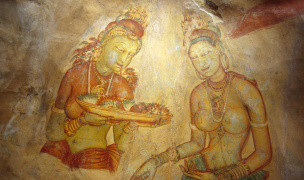 7 Terms
7 TermsHome > Industry/Domain > Astronomy > Moon
Moon
The Earth's only natural satellite. The moon has a cold, dry orb covered with many lunar craters and strewn with rocks and dust. The moon has no atmosphere. But recent lunar missions have found plenty frozen water on the moon.
Industry: Astronomy
Add a new termContributors in Moon
Moon
Lunar rays
Astronomy; Moon
Visible streaks on the surface of the Moon which radiate away from some craters.
Lunartidal interval
Astronomy; Moon
The period of time between the transit of the Moon and the following high or low tide.
Lunar eclipse
Astronomy; Moon
An eclipse created by the Earth coming between the Sun and the Moon. Lunar eclipses always happen during the full moon phase.
Lunar interval
Astronomy; Moon
The difference in time between a phase of the Moon or tide occurring at the Greenwich meridian and a local meridian. This interval represents the passage of the Moon during this time.
Featured blossaries
dnatalia
0
Terms
60
Blossaries
2
Followers
Most Brutal Torture Technique
 7 Terms
7 Terms
jchathura
0
Terms
3
Blossaries
0
Followers
Sri Lankan Traditional paintings
 20 Terms
20 Terms
